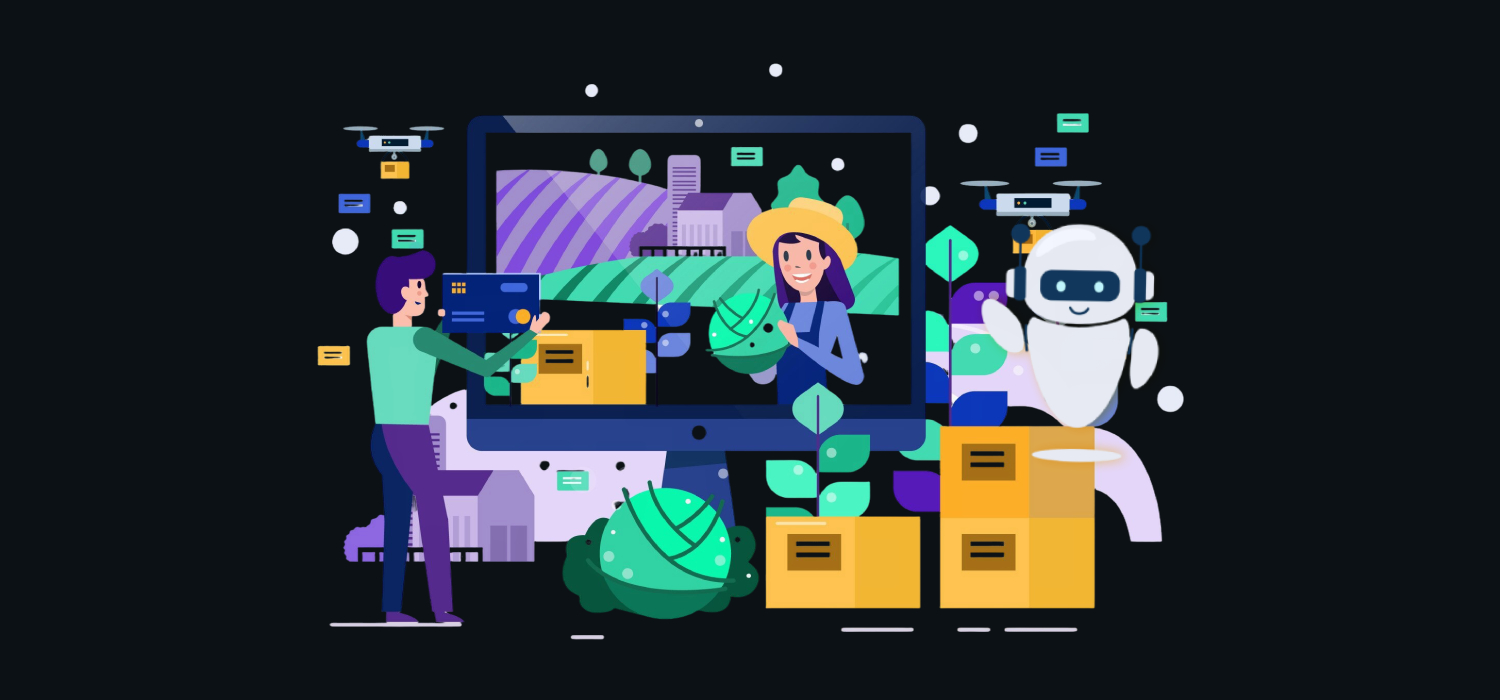RPA in Retail: Automating Inventory, Billing, and Customer Operations
The retail industry thrives on speed, accuracy, and seamless customer experiences. With growing competition and evolving buyer expectations, retailers are embracing Robotic Process Automation to improve operations and reduce manual workloads. From automating stock updates to simplifying billing, RPA in retail helps retailers streamline processes that once required intensive human effort.
By 2027, RPA in retail is expected to reach USD 6.10 billion, growing at a compound annual growth rate of approximately 25%.
At its core, RPA utilizes software bots to execute repetitive, rule-based tasks quickly and accurately. These bots mimic human actions, such as data entry, invoice processing, and order tracking, without fatigue or error. The result is a more efficient business model that saves time and enhances service quality.
How Does Retail Automation Improve Inventory Management?
RPA in Inventory management is one of the most complex areas of retail operations. Tracking thousands of products across multiple locations can lead to errors, stock discrepancies, and delays. Retail automation simplifies these challenges through intelligent process control and data synchronization.
Key Benefits of Using RPA for Inventory
- Automated Stock Updates: RPA bots automatically update stock levels in real time across systems when sales or returns occur.
- Reorder Alerts: The system can trigger alerts or place automatic replenishment orders when inventory drops below threshold levels.
- Error-Free Data Management: Bots reduce human errors by ensuring consistent and accurate data entry across platforms.
- Demand Forecasting Support: RPA tools can gather and process historical sales data to help retailers predict future inventory needs more accurately.
Example Table: RPA’s Role in Inventory Management
| Manual Task | Automated Process with RPA | Resulting Benefit |
| Updating stock after every sale | Real-time system updates by bots | Eliminates manual tracking errors |
| Generating low-stock alerts | Automated reorder notifications | Prevents out-of-stock situations |
| Cross-checking warehouse data | Instant system integration | Synchronizes data across platforms |
| Recording supplier details | Auto-entry from digital invoices | Saves administrative time |
By maintaining accurate stock levels and reducing inconsistencies, RPA enables smoother supply chain coordination and better decision-making.
How Can Robotic Process Automation in Retail Simplify Billing Operations?
Billing processes in retail involve multiple steps, from scanning and recording transactions to validating discounts and managing payment gateways. These repetitive tasks can slow down operations and impact the checkout experience.
RPA makes billing more efficient by:
- Automating Invoice Processing: Bots extract and verify data from invoices, ensuring accurate entry into accounting systems.
- Integrating POS Systems: RPA links billing software with backend databases, improving transaction consistency.
- Managing Returns and Refunds: Automated workflows process refunds and adjustments without manual intervention.
- Improving Reconciliation: Payment data from various sources can be matched automatically, reducing discrepancies.
This level of retail industry automation ensures customers experience faster billing, reduced waiting times, and more reliable receipts, all essential factors in customer satisfaction.
How Does RPA Support Customer Operations and Engagement?
Customer service plays a defining role in the success of any retail business. RPA offers retailers a way to enhance responsiveness while minimizing operational costs.
Applications of RPA in Customer Operations
- Automated Query Resolution: Bots can handle common customer queries about order status, returns, or store timings.
- Personalized Communication: Integrated RPA systems can send personalized messages, offers, and updates based on customer behavior.
- Loyalty Program Management: Bots automatically track points, update balances, and issue rewards without manual tracking.
- Feedback Collection: RPA automates post-purchase surveys and feedback loops, allowing real-time monitoring of customer satisfaction.
This level of retail automation ensures consistent service quality, even during high-traffic periods like festive seasons or sales events.
In retail, automated systems manage around 95% of customer interactions. (McKinsey, 2023)

What Does the Future of Retail Automation Look Like?
The future of retail automation is increasingly intelligent and data-driven. RPA is evolving beyond simple task automation toward cognitive automation, where bots can learn, adapt, and make decisions based on contextual data.
In the coming years, retailers are expected to integrate RPA with technologies such as:
- AI and Machine Learning: For predictive insights and dynamic customer engagement.
- IoT Integration: To automate inventory tracking through connected devices.
- Chatbots and Virtual Assistants: For personalized real-time support.
- Advanced Analytics: Enabling deeper visibility into customer trends and operational efficiency.
These integrations point to a retail landscape where automation is a necessity that enhances both the front-end experience and the back-end processes.
Conclusion
Robotic Process Automation in retail is redefining how businesses operate, from warehouse management to point-of-sale interactions. By eliminating repetitive tasks and ensuring precision, it empowers teams to focus on innovation, customer engagement, and business growth.
The shift toward retail industry automation represents a long-term transformation, one that enables scalability, resilience, and a truly customer-first approach. As technology continues to evolve, the future of retail automation promises smarter, faster, and more connected shopping experiences.
FAQs
What is RPA in retail?
RPA in retail involves using software bots to automate repetitive tasks like billing, data entry, and inventory updates. It helps retailers save time and improve operational efficiency.
How does retail automation differ from traditional retail software?
Unlike traditional software that performs specific functions, retail automation integrates multiple systems and workflows, enabling continuous, rule-based process execution without human intervention.
Can RPA handle customer support in retail?
Yes, RPA can manage repetitive customer support tasks such as responding to queries, updating order statuses, and collecting feedback, allowing human agents to focus on complex issues.
Is Robotic Process Automation in retail expensive to implement?
The initial investment depends on the scale of operations, but most retailers find RPA cost-effective in the long run because it reduces labor costs and improves process accuracy.
What industries within retail benefit most from automation?
Both online and offline retailers benefit, particularly those in sectors like fashion, electronics, and grocery, where large volumes of transactions and inventory management are involved.

 contact
contact

 By
By 


